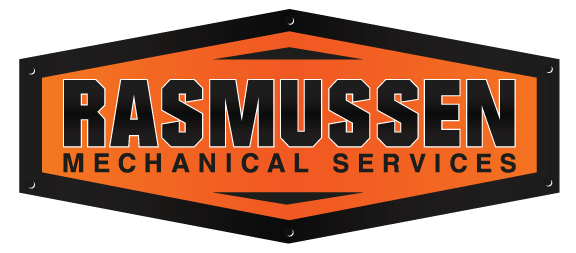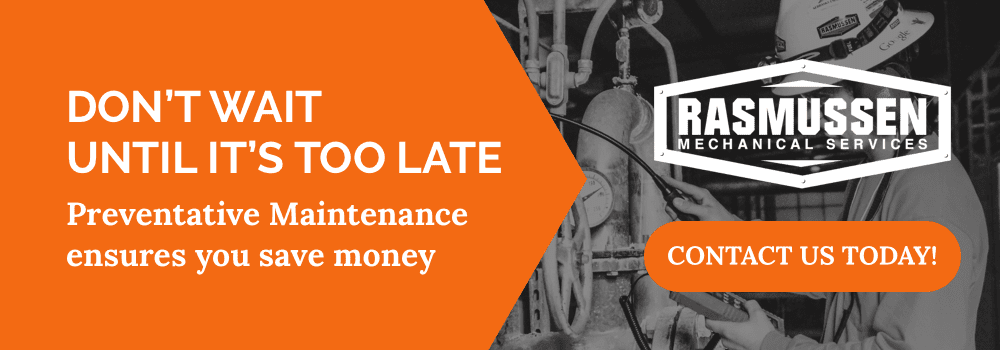Is your facility doing the most to achieve its safest and most energy-efficient food products? Find out how to set high equipment standards with predictive maintenance so your employees are protected from injury and your products are safe for the end-user.
What is Predictive Maintenance?
Predictive maintenance refers to the maintenance strategies used to determine the condition of in-service equipment versus maintaining equipment by routine or planned maintenance (preventative). This approach promotes a safe work environment because your equipment is continually monitored while reducing 12-18% of operating costs over time because maintenance tasks are performed only when warranted.
Implementing a proper #PredictiveMaintenance strategy for food safety professionals can help ensure that your equipment keeps working effectively. Check out @RasMech’s latest blog for more: Click To TweetStarting Point
Take inventory of all the equipment used in production. There are many ways to do this, but we find these fields are valuable for predicting and planning your mechanical predictive maintenance strategy.
- Total hours ran
- Hours ran since last serviced
- Vibration analysis
- Fluid Analysis
- Thermal imaging (Pumps, motors, steam traps, etc.)
- Ultrasonic leak detection
- Voltage/Amp Draw
- Visual Inspection (Take photos)
- Equipment name
- Location
- Serial number
- Description
- Maintenance schedule
- Responsibility
- Procedures
- Priority
Identify your planned shutdowns and work backward. Production facilities often operate around planned shutdowns to work on major repairs. To stay proactive, mark these dates on the calendar, grab your equipment inventory and begin to establish your predictive and planned maintenance dates.
- Predictive Maintenance – Use your priority field to determine what pieces of equipment are critical to your operation. You’ll want to budget operational costs to perform additional testing like vibration or thermal analysis throughout the year. In many cases, it can be beneficial to perform predictive maintenance tasks about eight weeks and two weeks out of the planned shutdown. During temporary shutdowns, you may need to make additional repairs. Assessing this early on can help you to avoid expedited shipping costs, unplanned manpower, and unplanned shutdown costs.
- Routine Maintenance- Instead of planning maintenance by quarters or specific dates, convert machine run-time hours to days and mark them on your calendar. You may find that you’re reducing operating costs because your materials are lasting longer or because of your identifying repairs early on.
[As the seasons come and go, it’s important that your facility’s preventative maintenance plan in place. Download the Seasonal Maintenance Advice Checklist to ensure your maintenance tasks are completed thoroughly.]
Document Maintenance Procedures. It’s critical to make sure everyone on your team knows how to perform maintenance tasks correctly. Every piece of equipment should contain detailed descriptions, drawings, and photos of how and when each machine should be maintained or serviced. A good place to start is by including:
- Maintenance procedures
- Lubrication procedures
- Tool reconciliation procedures
- Procedures for temporary repairs
- Procedures for emergency repairs
- Spare parts inventory program
- Training procedures
- Handover procedures
- Audit Procedures
Establish a Standard. To make sure tasks and procedures are performed correctly, establish a standard for drafting, reviewing and approving maintenance tasks. Developing an organized strategy head-on will ensure that all of your team members understand what is expected. Furthermore, providing food safety professionals with formal training on protocols and documentation will help your operations run smoothly and that procedures are carried out effectively. Establishing proactive procedures such as the handover procedure can greatly improve food management tasks. When repairs are made, looking over the quality of equipment, parts, and units can ensure that materials are clean, inspected, that the work has been done properly and the unit is ready to go.
If you’re having trouble developing a preventive maintenance strategy, draw from previous manuals about your facility’s equipment manufactures, previous risk assessments and situations from personal experiences to help you better assess what materials are being used efficiently and properly.
For example, lubrication procedures should go as follows:
- Describe how and when to lubricate equipment.
- Specify the type of lubricant to use and the amount that needs to be applied.
- Identify which lubricants are for food and non-food by color-coding.
Reconcile Parts
Document any additional spare parts as part of your preventive maintenance strategy. Food safety professionals need to understand the potential risks of shutdown due to equipment or part failure and maintain a spare parts inventory to keep the plant running in case of an emergency or when risk assessment can be used effectively.
@RasMech has the solutions you need for a stellar #PredictiveMaintenance strategy to keep your facility in top condition. Click To TweetDetail Maintenance Records
Maintaining detailed records of your equipment maintenance can minimize the risk of having unscheduled downtime or the potential of something slipping through the cracks. Many of your records can be maintained as hard copies or electronic records. If your facility is maintaining records electronically, many operators may look for features such as:
- Maintenance scheduling
- Flags when items are due
- Flags for past-due items
- Cost-integration: maintenance hours, capital costs, parts, downtime, etc.
- Work procedures
- Automatic entry by workers
- Ability to verify completed work
- Print capability: summaries, schedules and equipment registers
- Ability to integrate other systems
A maintenance management system can capture many elements throughout your operation including hours involved in the maintenance and emergency repair, cost of spare parts, downtime for each unit operation throughout your facility and sanitation cleaning maintenance schedules. By integrating detailed records through an electronic maintenance management system, food safety professionals can better understand underlying problems that occurred during downtime and can determine which pieces of equipment are operating efficiently and which ones aren’t to further improve equipment efficiency.
Implementing a proactive predictive maintenance strategy is not only an essential part of a company’s food safety and quality program, but can help you discover solutions throughout your facility that need improvement. Our team of experts is ready to provide you with proactive solutions to improve production efficiency and reduce maintenance costs, making your equipment run longer, better and faster. Contact us today!



